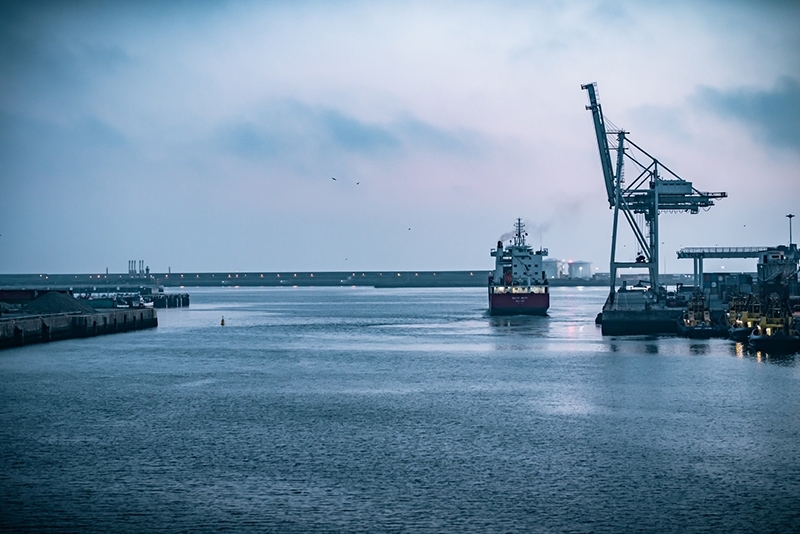Imported aggregates
Most of the supply of aggregates within England comes from indigenous sources, however, significant quantities are also imported, from elsewhere in the UK and small amounts come by sea from Europe.

Significant quantities of crushed rock aggregates, as well as some crushed slate, from North Wales are used in England, particularly in the North-West region. Quantities go from South Wales to the English Midlands but these roughly balance out with levels of supply from England into South Wales.
While supplies are likely to be maintained from existing permitted reserves for some time, it is likely that these will begin to taper off in the future because of policies of the Welsh Assembly Government to eventually limit future supplies to use within Wales.
Supplies by road from Scotland are small because there are few aggregates quarries in the southern uplands of Scotland. However, some material is carried by sea from Scotland to England, from the Glensanda Quarry on the west coast of Scotland, to a range of ports in England. Small amounts come by sea from Northern Ireland to the north-west of England.
Supplies from mainland Europe
Modest quantities of aggregates come from mainland Europe either as aggregate or in value-added products such as concrete blocks.
Future potential for supply may exist in relatively nearby European countries where suitable hard rock occurs at, or close to, the coastline so that crushed rock can be loaded directly into ships. Suitable circumstances occur in Portugal and northern Spain as well as France and Norway.
Certain specialist aggregates are not produced in significant quantities, or at all, in the UK and necessarily have to be imported.
Costs can be favourably reduced if ships can carry return loads of other commodities after delivering the aggregates. A key constraint on imports of aggregates by sea is existing wharf capacity. The limitations on capacity leads to competition between products for space and unloading time with the advantage falling to high priced commodities while aggregates are relatively low priced. This situation has been exacerbated by the conversion of former wharves to other uses such as residential development. Therefore steps have been taken in some areas, notably in London, to safeguard certain wharves for the landing of aggregates.
Another issue is, though, whether we should be exporting our environmental damage to other countries when we have viable sources at environmentally acceptable sites within England.







